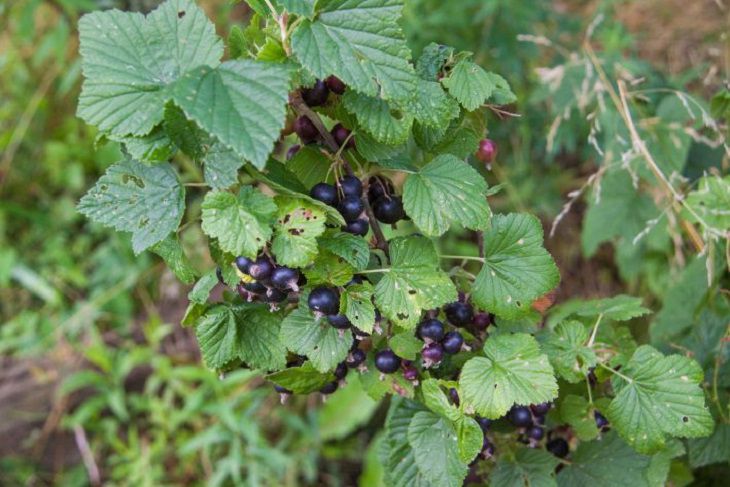Old red currant bushes often lose their productivity and decorative qualities.
The issue of rejuvenating such a bush worries many gardeners who want to bring it back to life and increase the yield.
How to rejuvenate an old red currant bush so that it will once again delight you with an abundance of berries and a beautiful appearance?
Reasons for the decline in yield
The decrease in the yield of old red currant bushes is associated with a number of factors.
Over time, the plant exhausts its resources, old branches stop bearing fruit, and young shoots develop poorly.

The branches become excessively dense, which makes it difficult for light and air to reach the fruits.
There may also be problems with the soil, which loses nutrients over time. All this leads to a decrease in the quality and quantity of the harvest.
Pruning old branches
The first step in rejuvenating a red currant bush is proper pruning of old branches.
Pruning allows you to remove old and diseased branches, stimulating the growth of new shoots.
It is important to prune at the beginning of spring, before the sap starts to flow. All old and weak branches should be cut off, leaving only young and healthy shoots.
This will improve the circulation of air and light inside the bush, which will have a positive effect on its fruiting.
Fertilization and soil improvement
To rejuvenate the bush, it is necessary to provide it with a sufficient amount of nutrients.
The application of organic and mineral fertilizers will help to replenish the deficiency of elements in the soil.
In spring, it is recommended to use complex fertilizers containing nitrogen, phosphorus and potassium.
It is also useful to add organic matter such as humus or compost. This will improve the soil structure and increase its fertility.
Regular watering
Old red currant bushes need regular watering, especially during the period of active growth and fruiting.
Lack of moisture can lead to reduced yields and deterioration in the quality of berries.
The bushes need to be watered regularly, especially during dry periods, but avoid over-watering. It is best to water in the morning or evening to avoid moisture evaporation.
Mulching
Mulching helps retain moisture in the soil, improves its structure and prevents weed growth.
Straw, mown grass or compost can be used for mulching. The mulch is spread around the bush in a layer of 5-7 cm, avoiding contact with the base of the stems.
This will help keep the roots of the bush in optimal conditions and improve its overall condition.
Weed removal
Weeds compete with red currants for moisture and nutrients, which negatively affects its development.
Regular weeding will help reduce competition and improve conditions for the bush to grow.
It is especially important to remove perennial weeds, which can seriously deplete the soil. Using mulch also helps control weeds by preventing their growth.
Protection from diseases and pests
Old red currant bushes are susceptible to attacks by diseases and pests.
Regular preventive treatments will help protect plants and keep them healthy.
For this purpose, you can use biological and chemical preparations, as well as folk remedies.
It is important to monitor the condition of the bush and, at the first signs of disease or pests, take measures to eliminate them.
Reproduction of an old bush
If the bush is too old and its rejuvenation does not give the desired results, you can try to propagate it.
For this purpose, the layering or cuttings method is used. Layering is the rooting of lower shoots bent to the ground and fixed.
Cuttings are the rooting of young shoots under special conditions.
These methods will allow you to obtain young and healthy bushes that will retain all the positive qualities of the old plant.
Earlier we told you how to feed raspberries right now to ensure a fantastic harvest.








